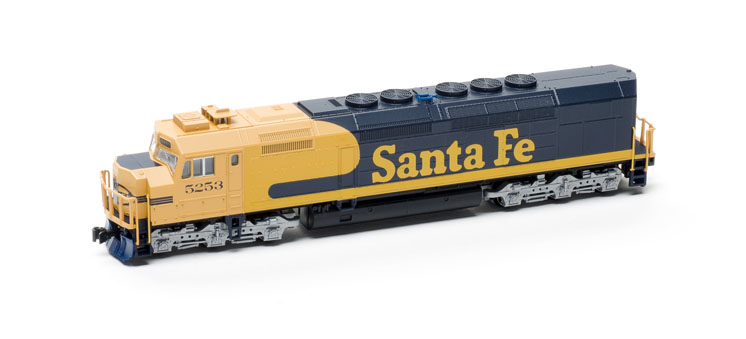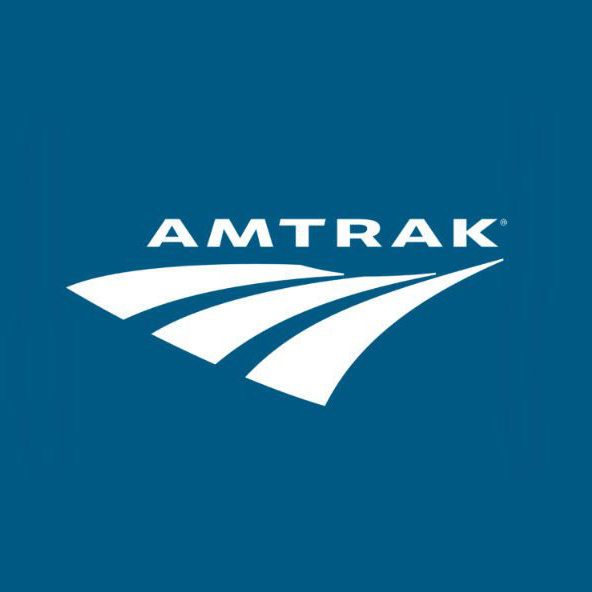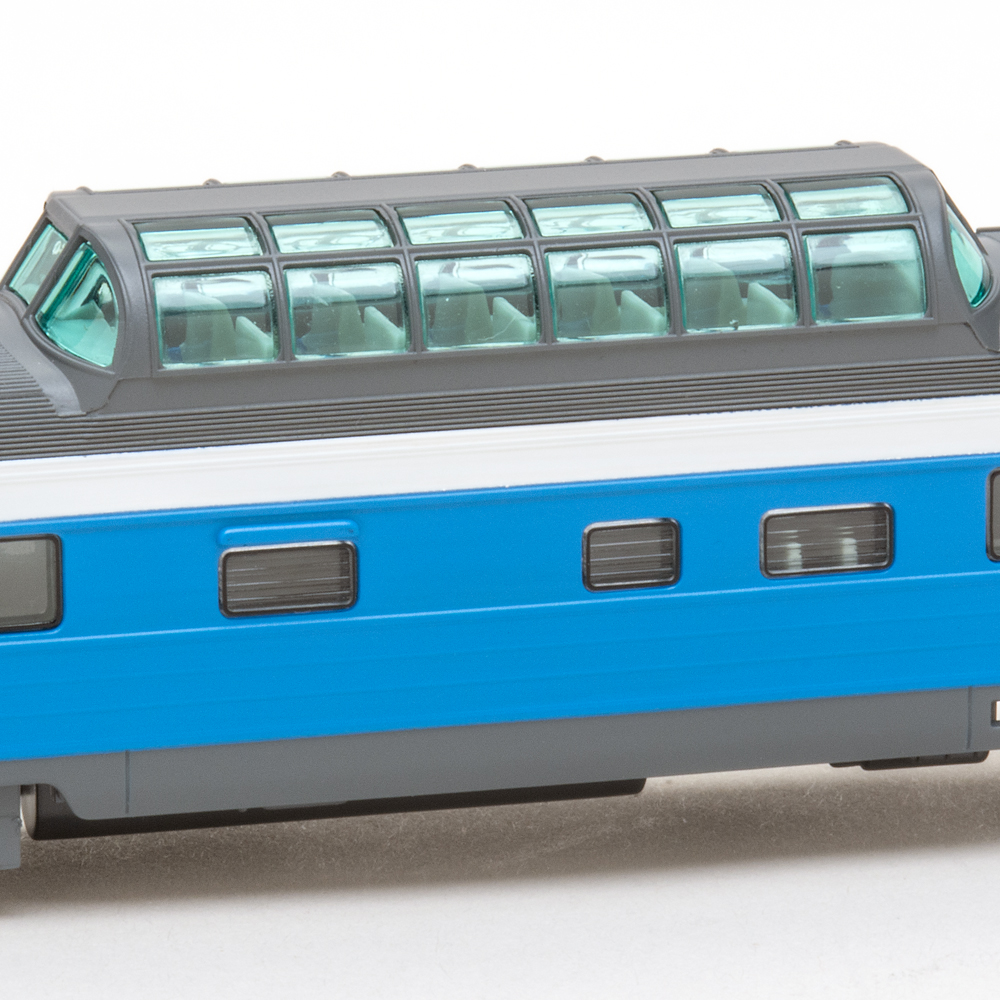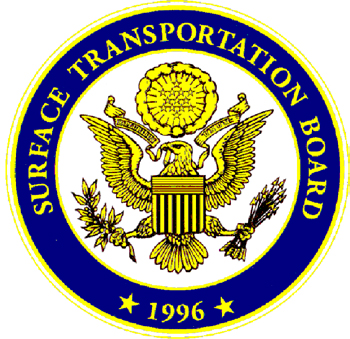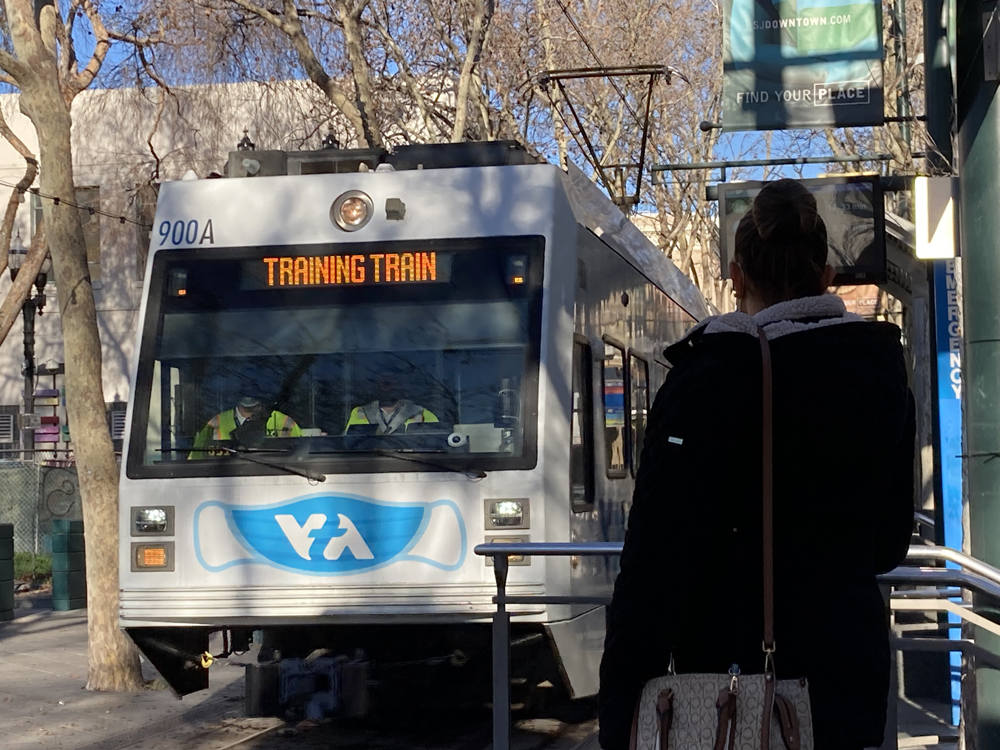Manufacturer
Kato USA
100 Remington Rd.
Schaumburg, IL 60173
www.katousa.com
Era: 1988 to 1994 (as decorated)
Comments: Factory-installed sound and Digital Command Control highlight this release of the N scale Electro-Motive Division SDP40F from Kato USA.
We reviewed Kato’s direct-current models of the passenger version (see the September 2016 Model Railroader) and the freight version (see the May 2017 MR). However, our latest review sample comes factory-equipped with an ESU LokSound Select decoder programmed with the ESU Full Throttle diesel sound package.
Our review sample models Santa Fe no. 5253, which is decorated and detailed the same as the previously reviewed SF no. 5250.
The model features a split die-cast metal frame, a can motor with flywheels, and all-wheel drive and electrical pickup. The mechanism’s .9 ounce drawbar pull is enough to haul 20 free-rolling N scale freight cars on straight and level track.
The dual-mode ESU LokSound Select decoder works on direct-current and Digital Command Control layouts. On our DC test track, the sound effects started up at 6V. The model started moving smoothly at 2 scale mph after
I applied 7V to the track and accelerated to a prototypical top speed of 100 scale mph at 12V. Sounds in DC are limited to the diesel engine, as the rpm revs up or down with the speed.
On our DCC test track, the model accelerated from 2 to 150 scale mph, much faster than the prototype. However, this top speed, as well as sound effect volume levels, function mapping, and every other aspect of the decoder, can be programmed using configuration variables (CVs).
A drive-hold feature separates the engine sounds from the locomotive speed control. When I pressed function 9, the locomotive’s speed stayed constant, and I then used the throttle to ramp the rpm sound up or down. When I pressed function 9 again, the speed would automatically adjust to match the sounds.
My other favorite feature of the ESU decoder is the independent, function-button-controlled brake.
In addition to the horn, bell, and headlights, other user-triggered effects included the dynamic brake fans, couplers, and the drain valves (“spitters”).





